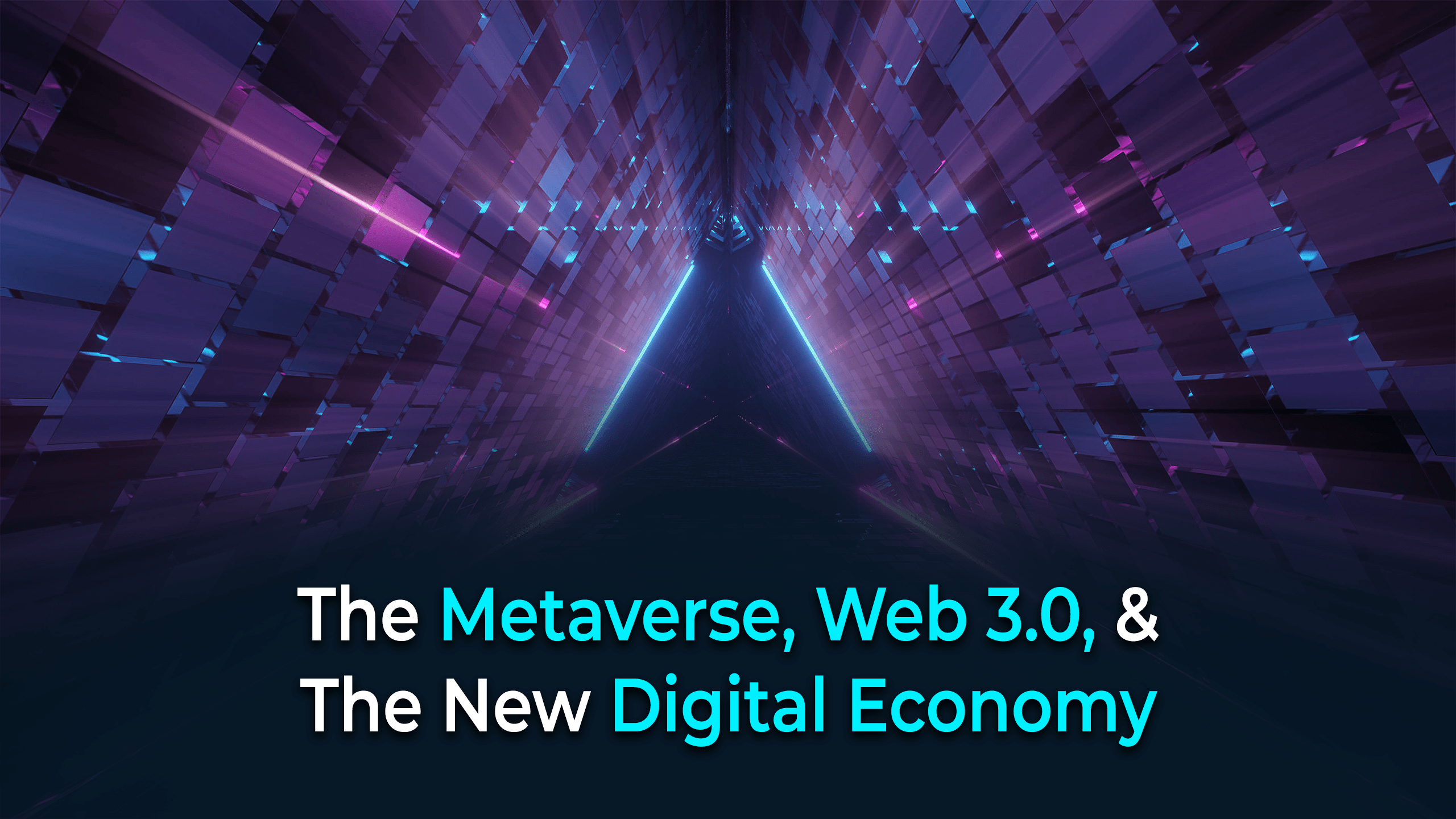In terms of internet architecture, Web 3.0 is the next generation. Ensure your business is prepared for this era’s changes.
In Web 3.0, the World Wide Web is in its third generation. It provides global control of information that is distributed, decentralized, and decentralized. As part of Web 3.0, we will see the development of methods that provide access to information without going through centralized servers, such as blockchain, peer-to-peer networks, and other technologies.
Web 3.0 and the Metaverse
The Metaverse is an immersive, 3D virtual world where users can interact in real-time. Neal Stephenson coined the term “metaverse” to describe a set of interconnected virtual reality worlds in his 1992 novel, “Snow Crash.” The characters enter this virtual world through a device called “goggles.”
Web 2.0 Vs. Web 3.0
Data and privacy are at the heart of Web 3.0, where users decide what data they want to share and how. By watching ads or participating in surveys or quizzes, the user is rewarded. When compared with Web 2.0, which requires the user to log in and fill out tedious forms to access content, this form of the web requires less work and time on the part of the user.
We interact with data and with each other online in a completely new way with Web 3.0. Peer-to-peer interactions will replace server-client interactions as part of this new version of the internet. Oil has been replaced by data. Businesses are increasingly relying on data-centric models. Increasingly, the world is becoming data-centric. Big data and the IoT are driving the digital transformation of more and more companies.
Blockchain and Web 3.0 — a Match Made in Heaven?
This decade has seen a lot of talk about Web 3.0 and blockchain. Despite their separation, they are completely interconnected.
Over the last few years, blockchain technology has emerged as one of the most promising innovations. Through it, we will transform the way we live, work, and interact with each other. In blockchain technology, transactions between people and businesses are not controlled by central authorities such as banks or governments. Because of this, it makes it a perfect technology for managing business transactions between parties who do not trust each other.
Immersive Media in Web 3.0 and its Influence on Content Marketing
Content marketing will be dominated by immersive media in the future. You can create immersive, engaging, and interactive content with it. Numerous industries are already using it, and its potential is still being explored. Immersive media will shape content consumption in the future. Using mobile devices, interacting with others, and absorbing information will be changed. Increasingly, immersive media is being used. As new technologies become available, marketers are more able to create customized experiences for their audiences, such as virtual reality, augmented reality, and 360-degree videos.
A blockchain-powered Web 3.0 is the future of content marketing. Blockchain technology allows for the distribution and storage of digital ledgers of transactions across a network. Bitcoin, Ethereum, and other cryptocurrencies run on this technology. Recently, blockchains have evolved into systems that store data in general. All types of data can be stored on them, including medical records, academic records, and marketing materials. The blockchain will store all the information instead of being centralized like Google and Facebook.
How to Prepare Yourself for Web 3.0?
As a result of Web 3.0, there is no restriction on who you can be and what you can do. There will be a seamless integration of reality and virtuality.
A new type of entrepreneur will emerge in the Web 3.0 era who can create their own avatar, which can be used both in the virtual world and in the real world. Social media platforms like Facebook and Instagram make it easier for entrepreneurs to find like-minded people to connect with by featuring avatars that reflect their personalities and values.




